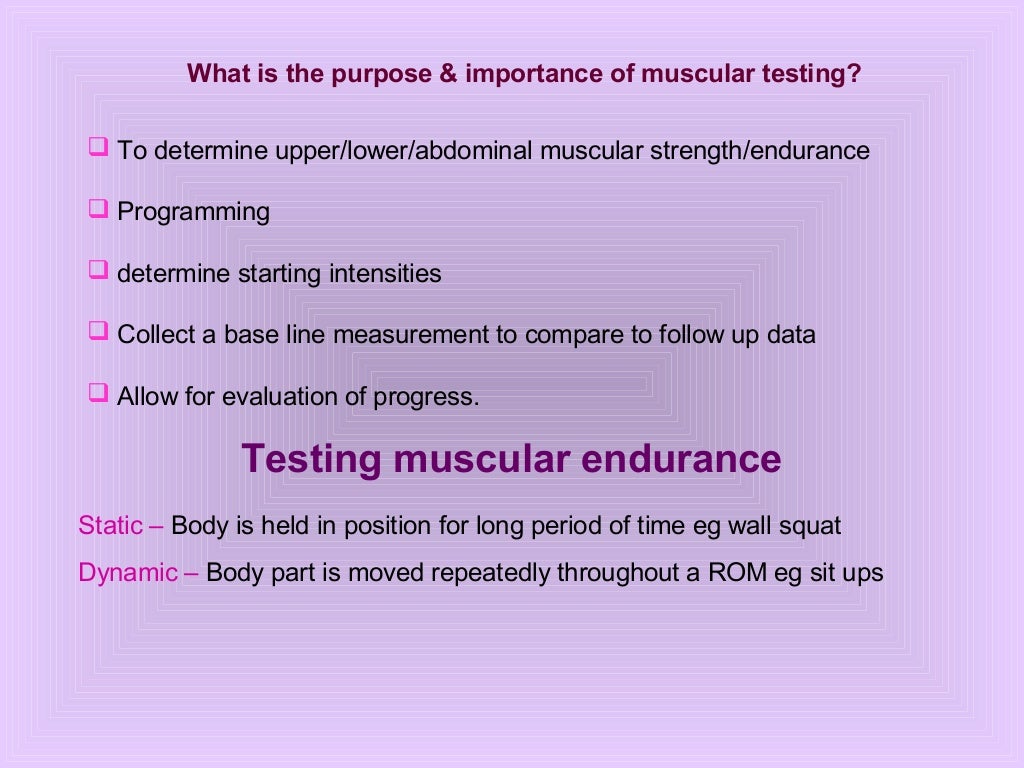In various industries, specifically in engineering, manufacturing, and technology, testing is really a crucial process for ensuring that products, systems, or perhaps structures perform reliably under different conditions. Two essential varieties of testing in this particular context are stamina testing and pressure testing. While they might seem similar, that they serve distinct functions and are utilized in several scenarios. This article explores the particular differences between stamina testing and tension testing, their applications, and their significance.
Precisely what is Endurance Tests?
Endurance testing, usually referred to as life cycle tests or reliability assessment, assesses how a product, system, or component performs more than an extended time period under normal working conditions. The major goal of stamina testing is to determine the strength and longevity regarding the item being tested. This sort of testing is particularly important with regard to identifying potential disappointment points that may lead to breakdowns or decreased performance over time.
Important Objectives of Endurance Testing:
Assess Long-Term Performance: Endurance screening evaluates how the product performs beneath continuous use or perhaps prolonged exposure to typical conditions, for example heat, humidity, or load. This helps within identifying wear in addition to tear and prospective issues that may well arise during the product’s lifespan.
Validate Product Longevity: By simply simulating extended times of usage, manufacturers can estimate the product’s life span and predict when maintenance or even replacements might become needed.
Identify Disadvantages: This testing may reveal design imperfections or material weak points that may not get apparent during immediate tests but could lead to failures during prolonged use.
Applications of Endurance Testing:
Consumer Electronics: For goods like smartphones, notebook computers, and appliances, stamina testing ensures that they will can withstand each day usage without awkward in performance or even reliability.
Automotive Market: Endurance testing is crucial for cars to ensure that will components like search engines, transmissions, and brakes perform reliably more than many miles of driving.
Aerospace: Aeroplanes components undergo endurance testing to ensure they will can withstand typically the rigors of prolonged flight and several atmospheric conditions.
Detrimental Engineering: Building elements and structural elements are tested intended for endurance to assure they can withstand the particular stresses of long term use and environmental exposure.
What is usually Stress Testing?
Tension testing, however, assess how a product, system, or part performs under intense conditions that rise above its normal operational limits. The aim of stress screening is to be familiar with limits of typically the product and precisely how it behaves whenever subjected to intense stress, overloads, or adverse conditions.
Essential Objectives of Stress Testing:
Determine Highest Capacity: Stress tests identifies the maximum load or condition a product can take care of before it neglects. This helps understand the upper limitations of performance and even safety margins.
Evaluate Failure Modes: By simply pushing a item beyond its restrictions, stress testing will help in analyzing exactly how it fails, whether or not it fails superbly or catastrophically. This info is crucial with regard to improving safety and reliability.
Ensure Protection and Compliance: Pressure testing is often used to ensure that products meet regulatory standards and protection requirements by displaying their ability in order to withstand extreme problems.
Applications of Stress Assessment:
Financial Systems: Throughout finance, stress assessment assesses how financial institutions perform beneath extreme economic conditions, such as the market crash or perhaps states. This assists in evaluating typically the robustness of economic techniques and risk management strategies.
Software Engineering: Tension testing in computer software evaluates how applications handle extreme work loads or high visitors volumes. It assists within identifying potential functionality bottlenecks and guaranteeing that the application is designed for peak usage scenarios.
Structural Executive: Bridges, buildings, and even other structures will be stress-tested to ascertain their particular ability to withstand extreme loads, for instance earthquakes, heavy wind gusts, or excessive pounds.
Consumer Products: For items like electronic devices or physical equipment, stress assessment ensures that they might endure unusual or even severe conditions with out failure, such because great heat or extreme pressure.
Key Variations Between Endurance Assessment and Stress Assessment
While both stamina testing and tension testing are vital for ensuring typically the reliability and gratification regarding products, they vary in several crucial aspects:
Purpose:
Strength Testing: Focuses on long-term performance below normal or somewhat elevated conditions.
Anxiety Testing: Is targeted on efficiency under extreme or unusual conditions.
Length:
Endurance Testing: Executed over extended durations to simulate continuous use.
Stress Assessment: Performed for reduced durations using intense conditions.
Conditions:
Stamina Testing: Uses conditions that are representative of everyday use or even slightly more serious however within anticipated limits.
Stress Screening: Uses conditions that will far exceed standard operational limits, these kinds of as maximum fill, extreme temperatures, or even high pressure.
Effects:
Endurance Testing: Aspires to identify possible failure points due to long-term work with and to validate the expected life expectancy from the product.
Anxiety Testing: Aims in order to determine the utmost potential and analyze malfunction modes under intense conditions.
Realization
Each endurance testing and stress testing play crucial roles within ensuring the reliability, safety, and performance regarding products, systems, and even structures. Endurance screening helps manufacturers plus engineers understand how goods will execute as time passes under normal conditions, while pressure testing reveals typically the limits and failure modes when put through to extreme scenarios. By incorporating the two types of testing directly into their development plus quality assurance techniques, industries can boost product durability, security, and overall functionality, ultimately leading in order to higher client satisfaction in addition to regulatory compliance